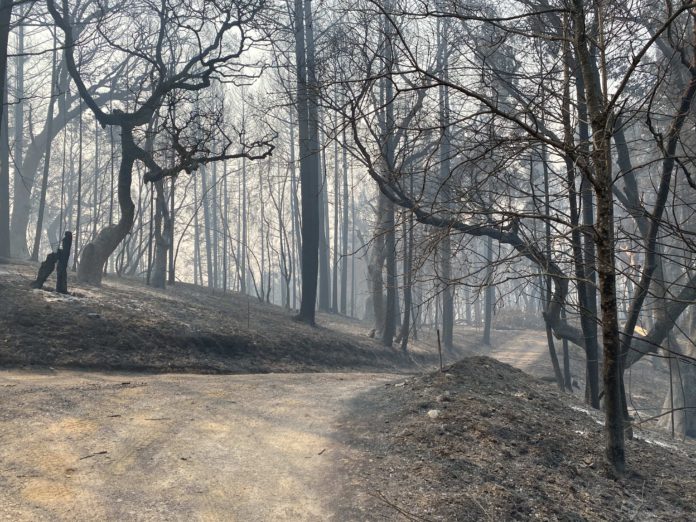A new study out of Stanford on the harmful toxins left behind by wildfires was partially based on soil samples from a nature preserve on Healdsburg’s outskirts, in the Alexander Valley area, according to Nature Communications magazine. While smoke inhalation is a more immediate and well-known risk of wildfires, the magazine says, the “health threats arising from fire-altered toxic metals” in the ground are more “underrecognized.” Stanford’s new study reportedly demonstrates that “high temperatures during California wildfires catalyzed widespread transformation of chromium to its carcinogenic form in soil and ash, as hexavalent chromium, particularly in areas with metal-rich geologies (e.g., serpentinite).” It also shows that “relatively dry post-fire weather contributed to the persistence of elevated hexavalent chromium in surficial soil layers for up to ten months post-fire.” Here’s how the Press Democrat summed up the findings: “Catastrophic wildfires like those experienced across the North Bay can transform a naturally occurring metal in rock, soil and plants into the toxic, carcinogenic stuff that put environmental activist Erin Brockovich on the map.” (Nature Communications & Sonoma Land Trust & Press Democrat; paywall)
Wildfire Left Toxins in Soil Outside Healdsburg: Study
Researchers found "fire-altered toxic metals" in the ground











